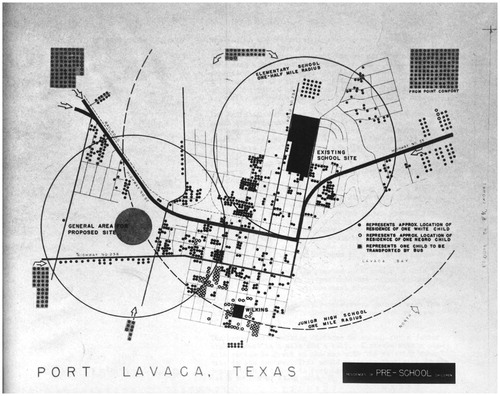
In 1989, CRSS Inc., which was the largest AEC holding company in the world at the time, established a research center at Texas A&M University that was intended, in part, to serve as an archive for its architectural subsidiary, the Houston based firm Caudill Rowlett Scott (CRS). The CRS archive is unique for its extensive collection of business records and architectural programs from the forty-five year history of the firm. The programs are particularly significant because CRS, through its publication of William Peña’s Problem Seeking, is largely responsible for the contemporary conception of architectural programming as an analytical activity that precedes—literally, in the sense of pro-gramma—architectural drawing. In practice, CRS distinguished sharply between programming as a method of “problem seeking” and designing as a process of “problem solving.” This division of professional services was established as early as 1950 for a school building project in Elk City, Oklahoma; subsequently, architectural programming for schools was crucial to the growth of the firm and its global reputation as an educational expert. Indeed, by the time of its divestiture in 1993, CRS had programmed more than 500 educational facilities in over a dozen nations.
Continue Reading:






